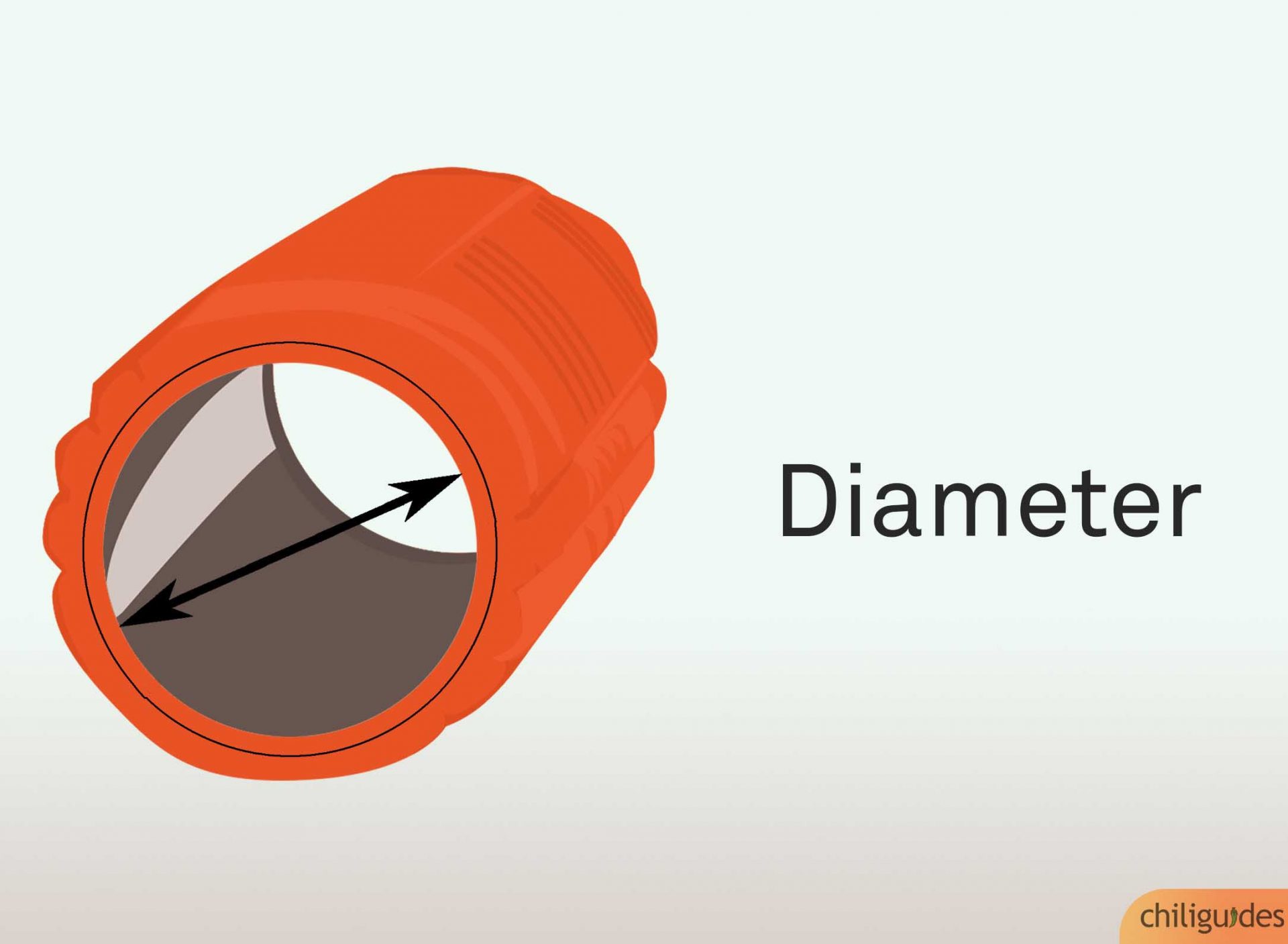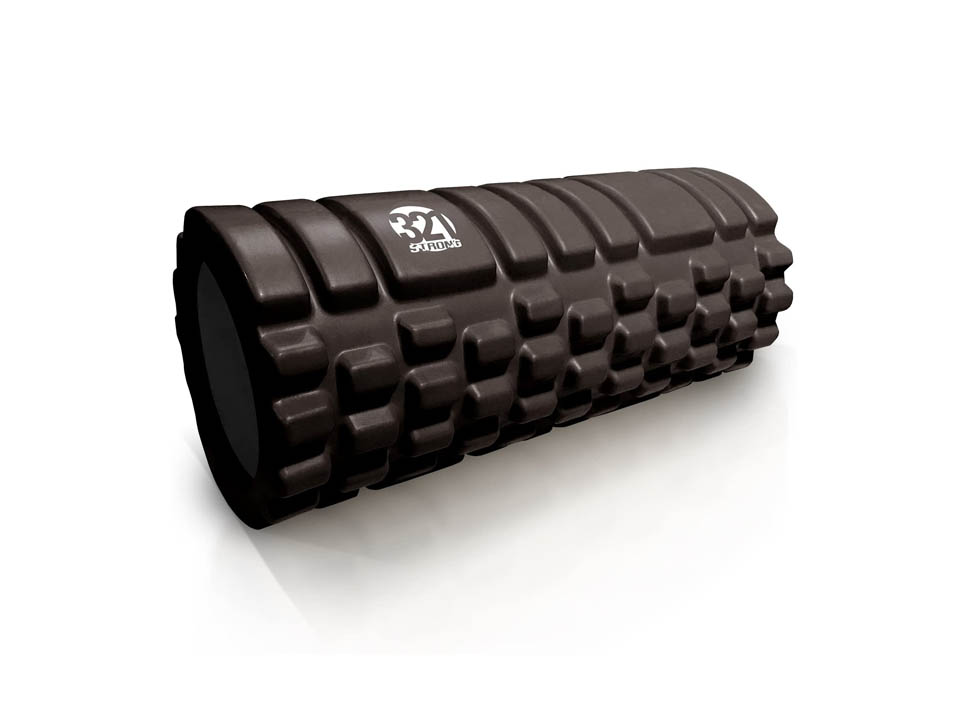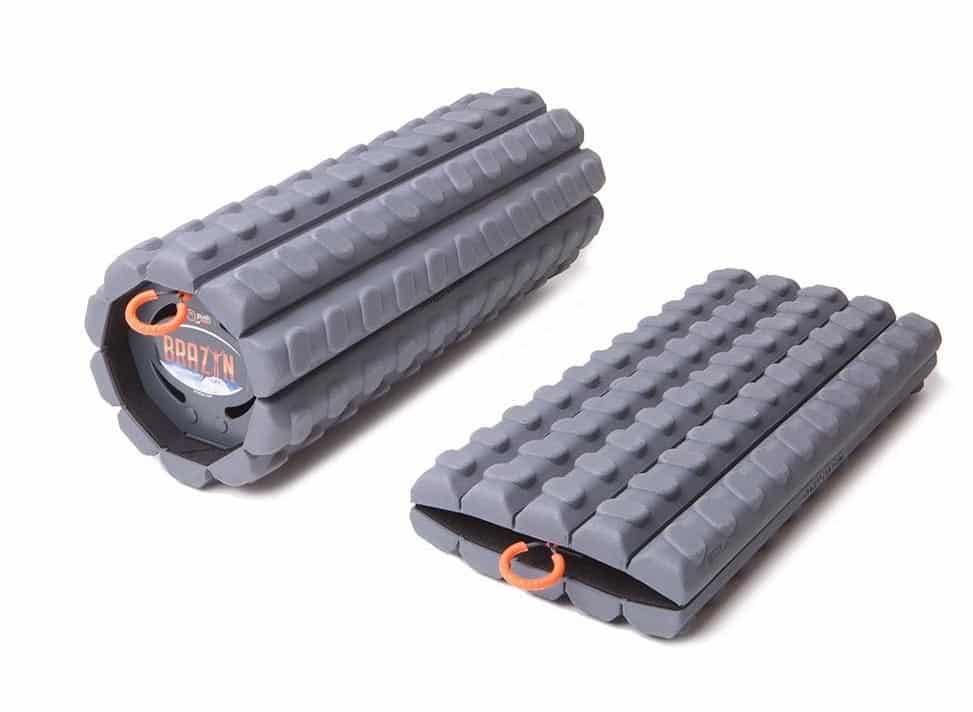Guide To Buying A Foam Roller
Whether it’s your back, your legs, or your hips, a foam roller can work wonders to help relieve sore and stiff muscles. It works by rolling deep into trigger points, which helps alleviate tightness in muscles by breaking up scar tissue and muscle adhesions.
Product Comparison Table
What To Look for
31/03/2020
Use a 36” foam roller for your back and 24” roller for your arms or legs.



- The size of the foam roller you need depends on which body part(s) you intend to use it.
- If you need it for your back or glutes, select a full-size, 36-inch foam roller to avoid rolling off from one side.
- Arms and legs require shorter foam rollers because full-size foam rollers can be awkward and difficult to roll with all your weight on your arm or leg.
Choose the diameter based on the muscle group you want to work.



Most foam rollers will have a diameter between 3 – 6 inches.
- A 5” – 6” diameter will be more manageable for you to roll if you are foam rolling larger muscle groups like your back, quads, or hamstrings.
- A 3” – 4” diameter foam roller is an appropriate choice for smaller muscles. It is also useful if you’re foam rolling for physiotherapy as it is closer to the ground and less likely to slip from under you.
Beginners should start with soft foam rollers to prevent injury.



- Foam rolling is usually therapeutic, but it can be painful in the beginning because of your body weight pressing down on your muscles for the first time.
- Since there is no single level of density that works for everybody, select a level of density that suits your level of experience.
- If you’re a beginner, go for a foam roller on the softer side, and gradually build up the (tolerance) for a harder and more effective roller.
- Generally, light colors represent softer foam rollers, and dark colors represent harder foam rollers.
Foam rollers with knobs replicate a deep tissue massage.



Foam rollers have differently textured surfaces.
- If you’re new to foam rolling, look for a roller with a relatively smooth texture.
- Individuals with an intermediate level of experience should consider a ridged foam roller.
- If you have been using a foam roller for a long time, a knobbed roller will provide the best results by giving you a deep tissue massage.
Top Picks



Best Foam Roller For Back
RumbleRoller Deep Tissue Massage Roller
For $44.95
- As good as a deep tissue massage
- Great for restoring flexibility after strenuous workouts
- Durable construction
- Can be too harsh for inexperienced users



Best Foam Roller For Quads & Hamstrings
TriggerPoint GRID 2.0
For $59.99
- Different textures to relieve tension from every angle
- Hollow core makes it easier to roll
- 500 lbs weight rating



Best Foam Roller For Beginners
Foam Roller- Rolling With It
For $44.95
- Gently releases muscle tension
- Firm yet soft enough for beginners
- Doesn’t lose shape easily



Best Foam Roller For Legs
321 STRONG Foam Roller
For $26.99
- Different massage zones for ascending and descending intensities
- Very eye-catching color options
- 500 lb weight rating
- Medium density and lack of spikes makes it less than ideal for hardcore athletes and lifters



Best Foam Roller For Travel
THE MORPH COLLAPSIBLE FOAM ROLLER
For $69.95
- Extremely light, weighs only 1.6 lbs
- Works as well as full fledged foam rollers
- Convenient to carry around
- Might be too short for your back



Best Vibrating Foam Roller
Theragun Wave Roller
For $149.00
- Quiet operation
- Different vibration intensites
- Great durability for something electric
- Expensive
- Needs regular charging
Common Questions
Q:What are the benefits of using a foam roller?
Some benefits of using a foam roller are:
- It massages your tight muscles.
- It reduces aches, soreness, and tension in muscles.
- It increases your flexibility and range of motion.
- It improves your blood circulation.
Q:How do I use the foam roller to target my back?
Lie down with the foam roller horizontal across your upper back, just below the shoulders.
- Plant your feet on the floor and bend your knees.
- Keep your hands at the base of your skull, as you would do in a crunch.
- Now slide your body forwards by raising your hips and bringing the roller up to your shoulders.
- Now pull your hips back and return to the initial position.
You can target your Lats by lying on your side and performing the rolling motion by sliding the roller from your shoulder across your armpit.
To target your lower back, keep the roller horizontal above your hips, under your back. Bend your knees to your chest, hold them there by keeping your hands on your shins and then move your body from side to side, along the roller.
Q:How do I use the foam roller to target my legs?
Calves – Sit on the floor, keep your legs straight out and place the roller under your calves. Roll along your legs from knees to ankles.
Hamstrings – Sit on the floor with one leg on the foam roller and the other knee bent so that it doesn’t touch the roller. Roll along your legs from your knee to just under your hips.
Quads – Lie face down and keep the roller under your hips. Roll along your legs from hips to knees.
Q:How are foam rollers different from massage sticks?
Massage sticks are smaller, thinner, and much firmer and denser than foam rollers. Their purpose, however, is similar to foam rollers. Using massage sticks, you can target your trigger points to relieve the soreness of muscles.
Whereas with a foam roller, you use your body to apply pressure on your muscles, you use your hands to work a massage stick. You can regulate the amount of pressure you apply to your muscles.
Massage sticks are smaller and hence more portable than foam rollers. However, due to their firm material, they may be painful to some users. Only those who can comfortably use foam rollers should try massage sticks.
Q:Does a foam roller help build muscle?
A foam roller will not directly build muscle. However, a foam roller helps warm up your muscles and help in their recovery. By stretching the fascia and increasing muscle flexibility and recovery rate, foam rolling allows your muscles more room to grow, which enables you to perform workouts efficiently.
Q:What’s a vibrating foam roller and how does it stack up against a standard foam roller?
A vibrating foam roller is just a normal foam roller with a motor. Studies show that vibration increases blood circulation and reduces pain. Thus, using a vibrating foam roller may be easier than using a regular one, as you will feel less pain. However, there’s no concrete evidence to suggest that a vibrating foam roller is better.
Q:Does foam rolling cause pain?
It is important to adopt the proper technique when you’re using the foam roller. If you feel soreness in your muscles, it is acceptable. But, if foam rolling causes sharp pains, you should stop using it. If you have a muscle tear or any such injury, consult your doctor before using a foam roller. Avoid rolling over your elbows, ankles, knees, and other joints, as it could damage them. On the whole, foam rolling is a safe exercise provided you do it correctly.
Q:How does the foam roller help with trigger points?
Trigger points are small knots that cause pain and soreness in the muscles. These are sensitive areas in the muscles that are prone to tension after overuse and injury. If the pain persists, these trigger points turn into the more chronic condition of myofascial pain syndrome.
Foam rolling is an effective method to target these trigger points and release muscle tension. You use your own body to roll the foam roller back and forth over your sore muscles to ease the pain.
Q:What is myofascial release and how does the foam roller help me with it?
Myofascial release is a therapy that treats myofascial pain syndrome, which is the tightening and soreness in your muscles. Foam rolling is a self-myofascial release exercise because you don’t need a therapist for it. When you use a foam roller on a specific muscle, the range of motion helps target the sore muscles. It releases your trigger points across the muscle system to reduce the tension.
Q:Can the use of a foam roller reduce the pain in my IT band and Sciatica?
Iliotibial band syndrome or the IT band syndrome is a common occurrence in athletes, especially runners and cyclists. It happens when the connective tissue tubs against the thigh bone. Some people also experience pain in their Sciatic nerve.
Here’s how you can use the foam roller to target your IT band and Sciatica:
- Lie on your side and place your hip perpendicular to the foam roller.
- Cross the other leg over the one resting on the foam roller and plant it flat on the floor.
- Use your forearms for support as you roll from your hip to your knee. Do this for at least a minute and then switch legs.
Here’s how foam rolling helps you in alleviating IT band pain:
- Increases the range of motion to target the tissue better.
- The compression and decompression of tissues lets tissue fluid flow in the congested areas and may improve their health. (Research is ongoing).
- The fascia houses many sensory nerves. The action of foam rolling over the IT band builds a mind-muscle connection and helps strengthen it.
Since research in this area is limited, you must exercise caution when rolling your IT band. Overdoing it may cause more damage to the tissue and surrounding muscles. Use proper form and do it only after consulting with your physician.

